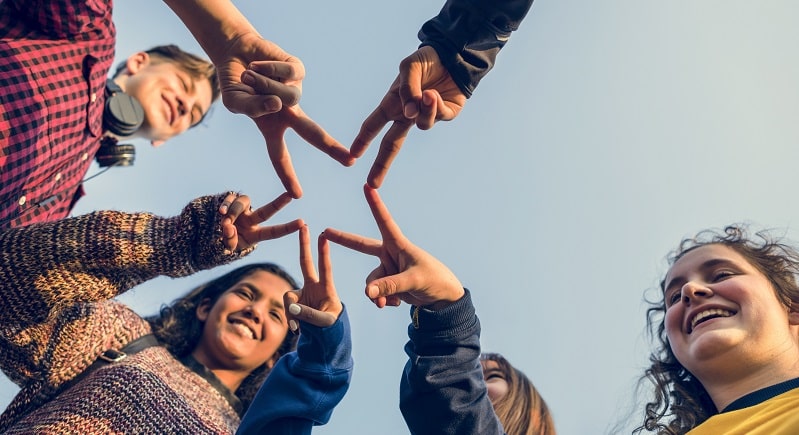What do students need to thrive? That’s the question that my friend and colleague Stephanie Krauss set out to answer in her new book out this spring, Making it: What Today’s Kids Need for Tomorrow’s World. As an educator and school leader turned researcher and writer, Krauss describes the book as her “love letter back to the frontlines.” The result is an impressive and readable volume that translates cutting-edge research on the science of thriving and success back to educators and parents supporting and raising kids.
Krauss and I sat down to chat about her findings. Here’s a quick overview of what we covered:
- Four Key Currencies: Arming students with competencies, credentials, connections, and cash. To summarize her years of research, Krauss identified four core “currencies” that can enable people to afford the opportunities they need. The four include competencies (what can you do and what are the skills you have?), credentials (how can you show me that you can do this?), connections (who do you know?), and lastly, cash (how much do you have or don’t have in financial resources?). The book aptly argues that education systems often focus too narrowly on competencies and credentials and pay less attention to the powerful role that connections and cash play in unlocking opportunities. That blindspot has grave implications for who benefits from the current system: “I will say to that point, from an equity perspective, we will perpetuate inequity as long as educators say, ‘Well if you just finish and you’ve got the skills, you’ll be okay,’” Krauss said. “It actually doesn’t reflect how the world works.” We also discussed how these various currencies tend to interact with each other. “For a number of opportunities in this marketplace, you pay in combination,” she explained. “If you’ve got a ton of cash, it may not matter what you can do. You can pay your way in with financial resources. Or if you know the right people, you might get an in even if it’s at a discounted price… the friends and family discount. There’s an interdependency there.”
- The Power of Connections: Fostering relationships to build “social health” and “social wealth.” In her chapter on connections, Krauss delineates between two distinct benefits that relationships unlock: social health (how am I okay in the world and who are the people around me that are getting me through?) and social wealth (how am I using the connections, relationships, and networks in my life to actually afford what’s next or be able to access what’s next?). Krauss argues that like all the other currencies, systems focused on producing more equitable conditions and outcomes can’t afford to ignore these two forms of social capital, and that the best systems will see fostering connections as a design opportunity. “Social health and wealth are both important in young peoples’ relationships, especially to navigate the world as it is, ” Krauss said. “Making It was written as a roadmap to help young people navigate a world that is unjust, unfair, and has a set of operating principles that involve invisible ways of negotiating and being rewarded based on introductions, handshakes, and social sponsoring. … Social capital can be learned, earned, or inherited. Some relationships are by chance, but a lot are by design,” she said.
- What’s Next? Parent and student guides. In the final minutes of our conversation, Krauss discusses what’s next for her. She’s currently consulting on a wide array of projects, but also incubating two additional book ideas. “One is specifically for parents about how to prepare kids for a really uncharted future,” Krauss said. “What are timeless principles and practices that will endure and play out in a time and history where things seem to constantly be changing?” The other book would be for young people themselves: “Kind of a Lonely Planet guide to being an adult,” she said.
Watch our full conversation here



